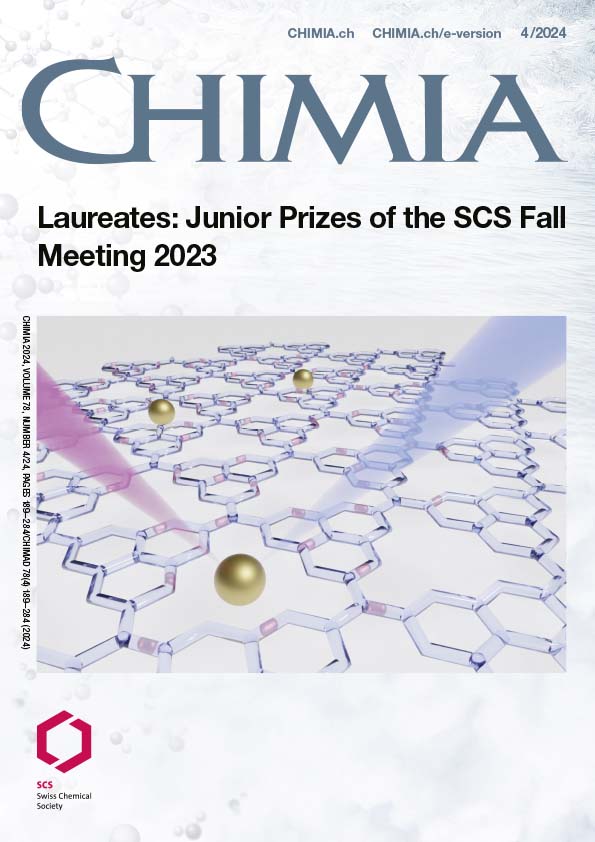Antibiotics Uptake from Soil and Translocation in the Plants – Meta-analysis
DOI:
https://doi.org/10.2533/chimia.2024.209PMID:
38676611Keywords:
Antibiotics, Bioconcentration factor (BCF), Crop, Plant, Translocation factor (TF), UptakeAbstract
Antibiotics reach agricultural soils via fertilization with manure and biosolids as well as irrigation withwastewater and have the potential to be taken up by growing crops. The fate of antibiotics in terms of uptakefrom soil to plants, as well as translocation from root to leaves, is determined by a combination of antibiotic’sphysio-chemical (e.g. speciation, lipophilicity), soil (e.g. organic carbon content, pH) and plant (e.g.transpiration rates) characteristics. In this meta-analysis, a literature search was executed to obtain an overview of antibiotic uptake to plants, with an aim to identify uptake and translocation patterns of different antibiotic classes. Overall, we found that higher uptake of tetracyclines to plant leaves was observed compared to sulfonamides. Differences were also observed in translocation within the plants, where tetracyclines were found in roots and leaves with close to equal concentrations, while the sulfonamides represented a tendency to accumulate to the root fraction. The antibiotic’s characteristics have a high influence on their fate, for example, the high water-solubility and uncharged speciation in typical agricultural soil pH ranges likely induces tetracycline uptake from soil and translocation in plant. Despite the advances in knowledge over the past decade, our meta-analysis indicated that the available research is focused on a limited number of analytes and antibiotic classes. Furthermore, fastgrowing plant species (e.g. spinach, lettuce, and radish) are overly represented in studies compared to crop species with higher significance for human food sources (e.g. corn, wheat, and potato), requiring more attention in future research.
Funding data
-
Schweizerischer Nationalfonds zur Förderung der Wissenschaftlichen Forschung
Grant numbers 193118
Downloads
Published
Issue
Section
License
Copyright (c) 2024 Inna Nybom, Thomas D. Bucheli , Gina Garland

This work is licensed under a Creative Commons Attribution 4.0 International License.







